You are here
Climbing in Yosemite. Hiking the PCT. Paddling the Everglades. Trekking Alaska. Riding the San Juan Huts. Certain adventures insert themselves into our psyche, stoke our imagination and lure us to exotic locations. When we finally take that first step out of Campo, sort our rack at Tuolumne Meadows or paddle a loaded kayak into the Ten Thousand Islands, it’s incredible. And it’s typically the end of a pretty long outdoor experience curve.
For most Americans, that curve starts in a state park. This makes sense given that the State Parks Association of America’s motto is “Close to home.” These public land gems are as varied as the 50 states that manage them, but they offer some pretty awesome opportunities for everything from an afternoon picnic to an epic adventure.
Unlike national parks, national forests or BLM lands, state parks exist in every state. According to the Association’s 2014 statistics (the most recent available), there are a whopping 10,234 state parks that cover 18 million acres. That’s a pretty sizeable chunk of real estate, and with it comes access to more than 217,000 campsites, 8,277 cabins and cottages and 8,647 trails stretching 43,000 miles.
Of course, as the “Close to home” option, state parks host a lot of visitors; 739 million visitors in fact, more than double the U.S. population. The good news for those of us who like to sleep on the ground? Ninety-two percent of those visitors leave to go home for the night.
That’s not to say that it’s easy to score a primo campsite at a well-known state park on the Fourth of July. But it does mean that you might be much closer to a spur-of-the-moment camping trip than you’ve realized. Even if you can’t score a spot for the night, state parks offer a host of day-trip options that allow you to get a legitimate mountain bike ride, send a real deal climb, or a spend mellow afternoon under a canopy of rustling leaves.
Niagara Falls State Park in New York proclaims itself the oldest state park in the country, and it was set aside by the state in 1885 as the Niagara Falls Reservation. The oldest park to officially have the “state park” moniker is Mackinac Island State Park in Michigan, which was actually a national park until it was transferred to the state in 1895. Even spectacular Yosemite Valley and Mariposa Grove were managed by California for 25 years before the feds took over and created Yosemite National Park.
Many of state parks we know today were shaped by the New Deal, when Civilian Conservation Corps workers built trails, pavilions, campgrounds and other amenities across federal and state owned land throughout the country.
The state park system contains everything from golf courses (130 of them) to ski slopes (147) to swimming pools (306) and even marinas (292). With these myriad offerings and their close proximity to many Americans, state parks are often the first type of large-scale public land that people experience. Particularly in the East, where federal lands have a much smaller footprint than in the West, state parks offer some of the best (if not the only) public lands available.
As evidenced by competing claims and nuanced qualifications, the history of state parks is a bit murky. As they were granted statehood, most, if not all, states were ceded some amount of land with which they could do as they saw fit. Many states managed large chunks of this land to help fund state-run universities and colleges. Some of it was simply sold, some of it is actively managed for timber, mining or oil and gas, some if it is developed just as private land is developed into strip malls and box stores (through long-term leases). Fortunately for the outdoors set, the most scenic or historically important parcels have often been preserved as state parks.
Some state parks, such as beautiful Baxter State Park in Maine, resulted from the generosity of residents who donated some or all of their vast acreages to their state for public access and communion with nature. (Interestingly, Baxter’s new neighbor, the Kathadin Woods and Water National Monument, was also donated to the federal government by a wealthy philanthropist.) Some state parks aren’t really parks at all but rather a complicated mix of public and private land set aside for a specific purpose. In the case of the “Adirondacks” in New York, for instance, the watershed that provides New York City and much of the state with its drinking water. Some state parks predate federal land designations and end up as small units within a larger chunk of federal land (like a national forest or a national park).
State parks are kind of a cuter, quainter version of national parks. And like all public lands, they’re not immune to the boom and bust of governmental budgets, even if their average share of their state’s budget is a paltry 0.16%. Several years ago, budget woes caused Arizona to close many of its state parks (they’ve since reopened), and some state parks, like the Na Pali Coast in Hawaii, are wonderfully primitive, wild and spectacular. Most state parks are managed by the respective state’s Fish and Wildlife, Conservation or Natural Resources Department, and many have full time supervisors, rangers and a host of seasonal workers.
But don’t confuse state parks with state lands, which are managed by the same agencies but for very different reasons. Recent movements to transfer federal lands in the West to state control don’t mean that there will be more state parks. Should these misguided transfers materialize, states will be able to do what they want with the transferred lands, and creating parks is unlikely to beat out a desire to sell, develop or otherwise extract a profit.
Want to check out some of these gems for yourself? Head to Little Missouri State Park in North Dakota to see what the Missouri River looked like when Lewis and Clark paddled it in 1805. Join more than a million other annual visitors at one of South Carolina’s most popular beaches (and a TripAdvisor top-ten beach) at Hunting Island State Park. Check out the headwaters of the Mississippi River at Itasca State Park in northern Minnesota.
Wherever you end up, state parks, especially those in the East that preserve some of the wildest and most scenic landscapes, predate the traditional American conservation movement narrative that starts in the early 1900s with Teddy Roosevelt and Gifford Pinchot, continues with Aldo Leopold and Arthur Carhart, and reaches its zenith with David Brower and Ed Abbey. Turns out there were conservationists in the early 1800s, too.
Access Fees
State Park access fees vary from site to site and state to state. Smaller, unstaffed parks are likely free to visit, while big parks with large campgrounds, marinas and other developed recreation opportunities likely have a fee. Some states offer free entrance to residents, while others make no distinction. It’s always wise to have some cash on you when you head to a state park as you never know if they’ll take a credit or debit card. As with all other public lands, you’ll most likely have to pay to camp at a state park.
Visit Wisely
We all want to visit and enjoy these beautiful spaces that offer reprieve from the day-to-day grind. We have a duty to do so responsibly. By following the Leave No Trace ethic and making memories not tracks, we can ensure these gorgeous environments will be available for future generations.
Consult these articles for additional information on U.S. public lands:

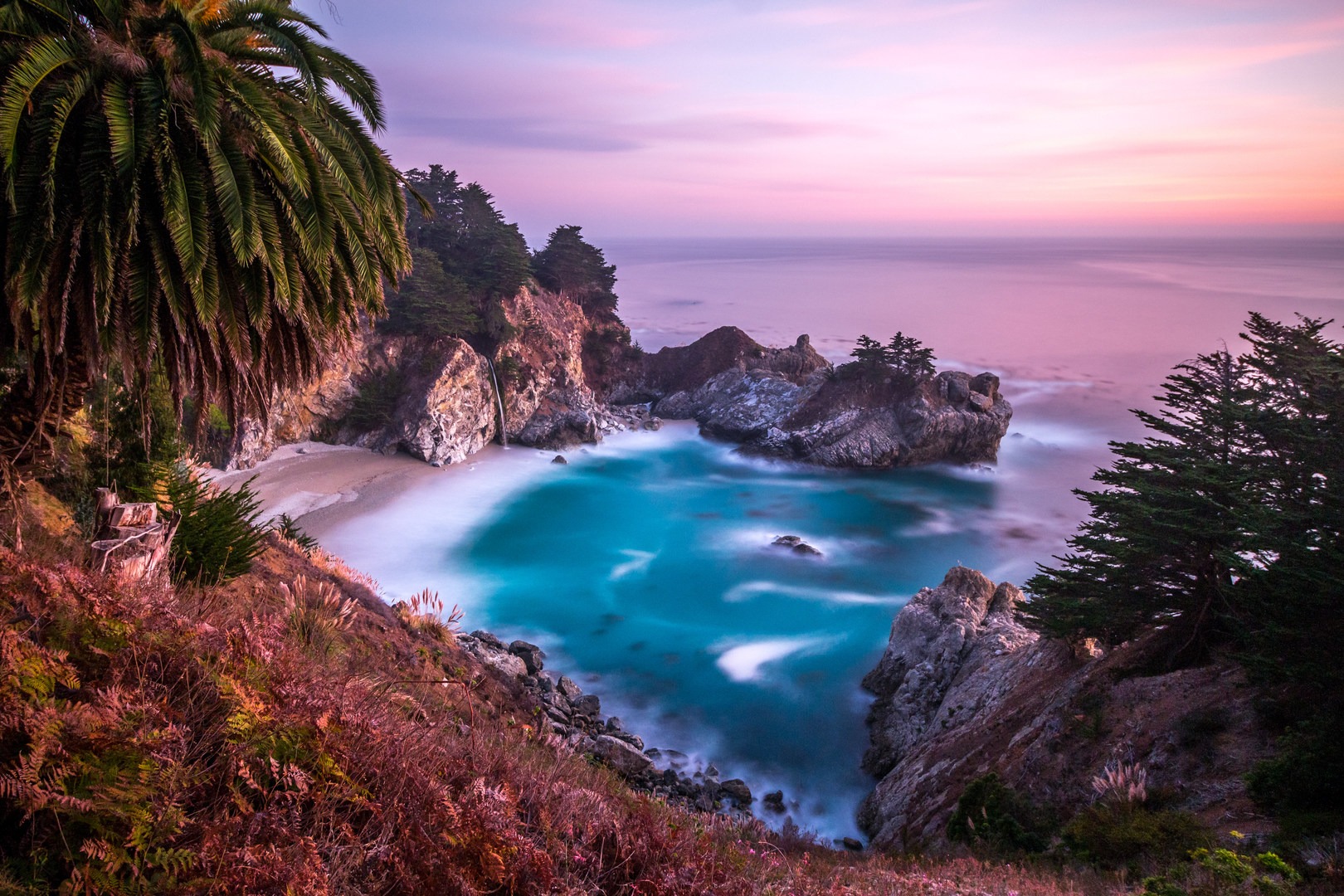
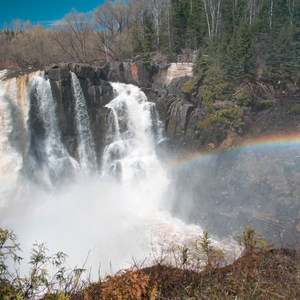
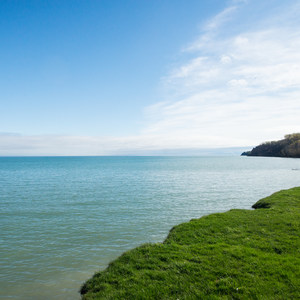
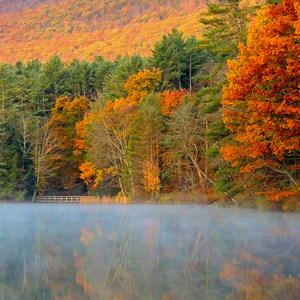
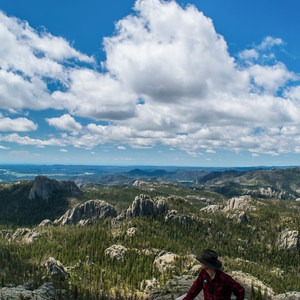
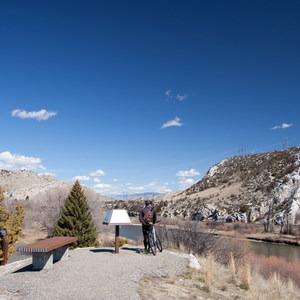
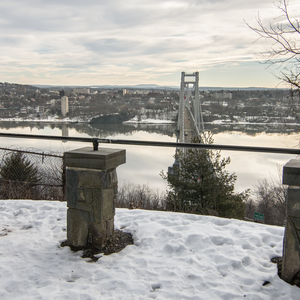
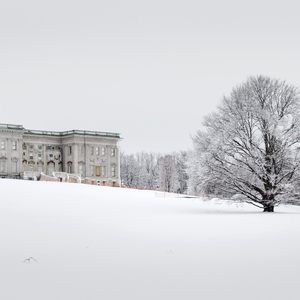
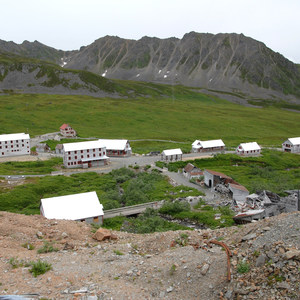



Comments
Sign In and share them.